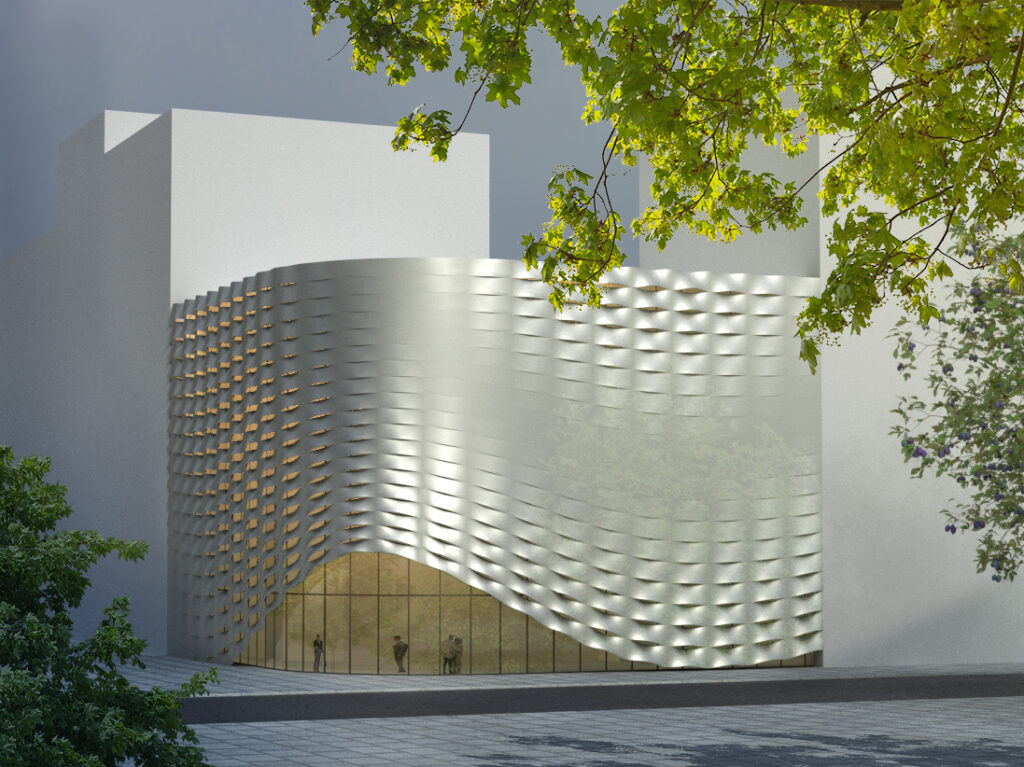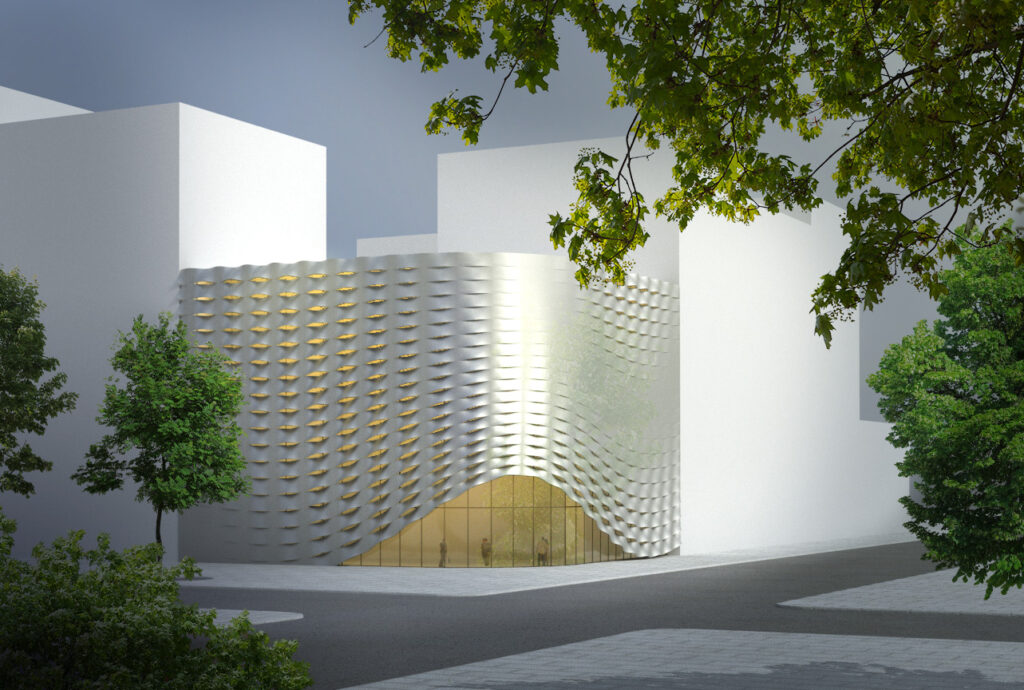Reference: Façade of Messe Basel New Hall, Basel, Switzerland
Architect: Herzog & de Meuron
Year: 2013
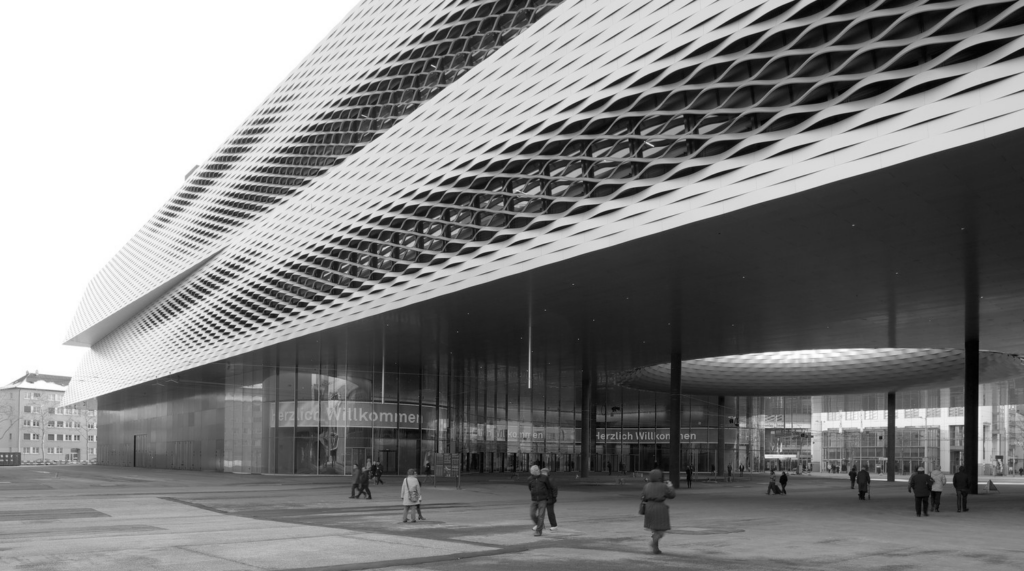
Photo © Messe Basel
Description of the façade :
The façade of the building is composed of a series of ribbons that unfold based on their proximity to attractors.
Façade construction logic:
Step 1: Extract the surface of the block façade.
Step 2: Generate several ribbons running along the façade.
Step 3: Evaluate the attractor on the surface.
Step 4: Rotate or unfold the ribbons based on their distance to the attractor.
The Parametric Ribbon-scape is a computationally designed exploration of fluidity, rhythm, and dynamism in façade design. Made up of undulating metal ribbons, this façade draws inspiration from natural movements such as ripples in water and wind-blown fabric. The layered ribbons create a kinetic effect, shifting and transforming with changes in perspective and lighting throughout the day. The design merges parametric modeling with material expression, resulting in a visually dynamic façade that serves as a striking architectural feature.
Deconstruction of the façade.

Diagram showing the Deconstruction strategy for the façade design.
The surface is first divided into horizontal lines, which serve as the primary reference for the ribbon structure. These lines are then duplicated to establish the upper and lower boundaries of each ribbon. Between these boundaries, fold lines are generated, defining the undulating form of each ribbon and setting the foundation for the dynamic geometry of the façade.
Grasshopper Workflow
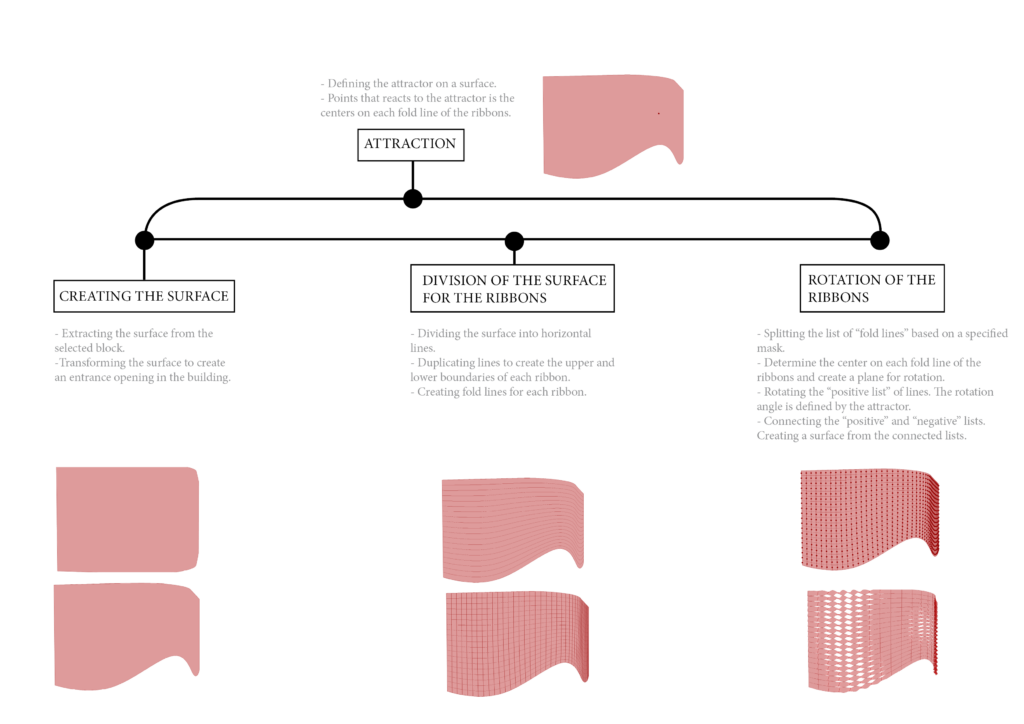
Pseudo Code defining the design process.
The Grasshopper workflow begins by defining an attractor on a surface, with points reacting to it forming the centers of fold lines for the ribbons. The surface is extracted from a selected block, transformed to create an entrance opening, and divided into horizontal lines. These lines are duplicated to form the upper and lower boundaries of each ribbon, with fold lines generated in between. The fold lines are split into “positive” and “negative” lists based on a mask. Centers are determined, planes are established for rotation, and the “positive” lines are rotated based on the attractor’s influence. The lists are reconnected to generate a continuous surface, completing the ribbon façade.
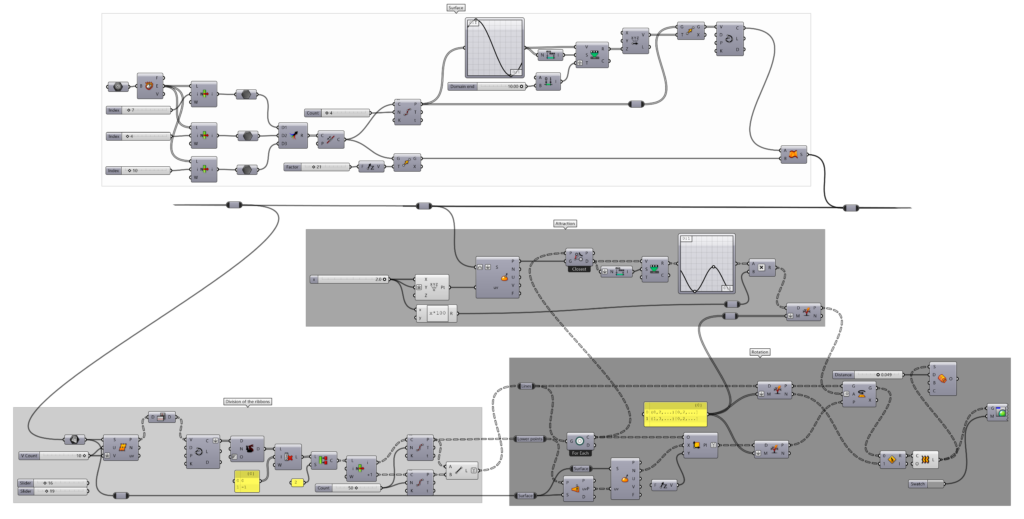
The Grasshopper script for the façade.
Design Iterations and Form Finding
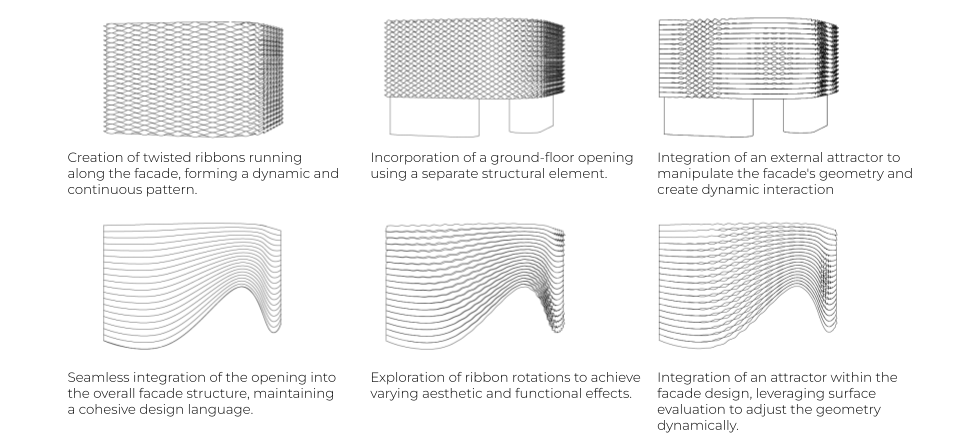
Form finding process
Animation
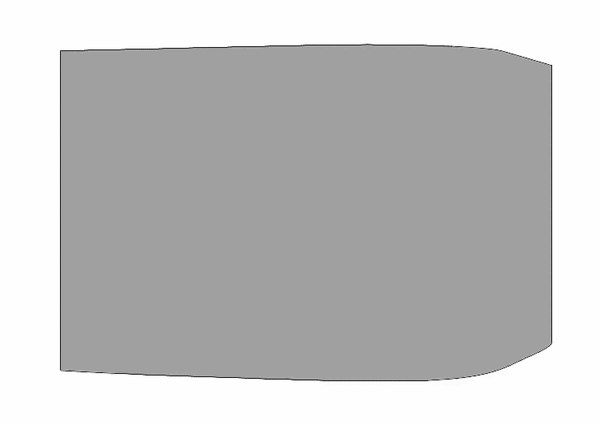
Animation of the Design Process
The process begins with the generation of a base surface, which is then transformed to include a curved edge for dynamic visual impact. Points are strategically placed across the surface, and vertical curves are drawn through these points. These curves are paired and connected with straight lines, forming ribbons.
To add complexity and motion, an attractor is introduced. The ribbons are divided into two alternating groups, creating a checkerboard-like pattern. One group of ribbons is rotated dynamically based on their distance from the attractor. As the attractor moves across the surface, the fold lines follow, creating a responsive façade that reacts to the attractor’s position.
Renders
